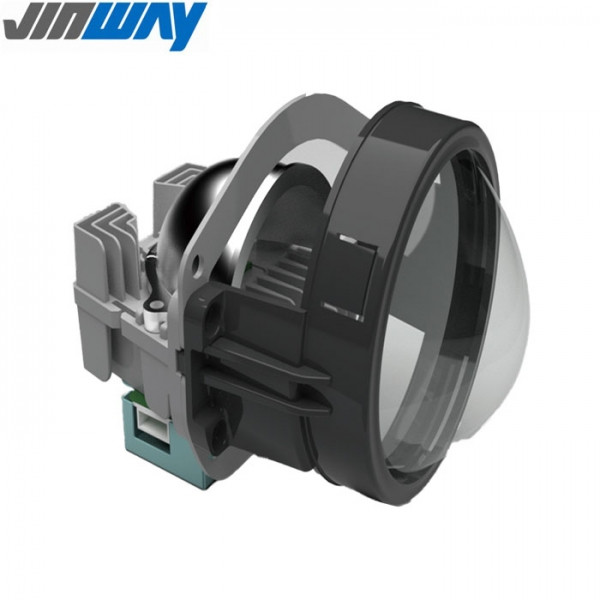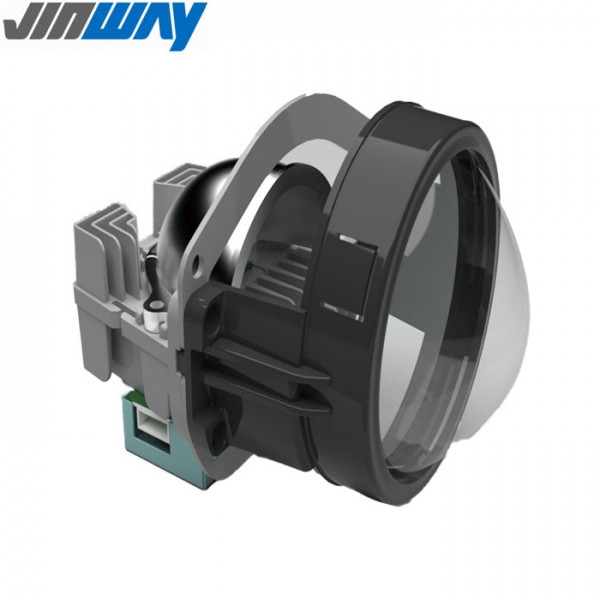How Automated Calibration Ensures Consistent Test Accuracy
In high-precision industries such as automotive lighting, optics, and electronics, test accuracy is the foundation of product quality and compliance. Even the most advanced testing machines can drift from their optimal settings over time due to wear, environmental changes, or component aging. Calibration, therefore, becomes essential to maintain accuracy and consistency. However, as production speeds increase and testing systems become more complex, manual calibration is no longer sufficient. Automated calibration systems now play a critical role in ensuring that every test result remains reliable, repeatable, and traceable.
Calibration is the process of aligning a test instrument’s output with a known reference standard. In optical and photometric testing, even slight deviations in sensor sensitivity or light measurement can lead to incorrect readings. Such errors can result in faulty conclusions about product quality, failed compliance tests, or unnecessary rework. Regular calibration ensures that the test equipment continues to deliver data that accurately represents the true performance of the product being measured.
Traditional calibration methods often rely on human expertise and manual adjustments. While effective in small-scale operations, manual calibration has several drawbacks: it is time-consuming, prone to human error, and difficult to standardize across multiple test stations. In fast-paced production environments, manual calibration can cause delays, inconsistent results, and higher labor costs. As testing machines become more integrated with automation and digital data systems, manual approaches simply cannot keep up with the demand for speed and precision.

Automated calibration systems are designed to address these limitations by integrating precision sensors, actuators, and software-controlled feedback loops. These systems continuously monitor performance parameters—such as intensity, wavelength, alignment, and positioning—and make automatic adjustments as needed. Unlike manual processes, automated calibration occurs without human intervention, ensuring consistency and reducing downtime. This approach not only improves accuracy but also maintains reliability over long production runs.
In a typical automated calibration system, reference sources or standards are built directly into the testing machine. During scheduled intervals or based on sensor feedback, the system measures deviations between the actual and expected performance values. Advanced control algorithms then adjust optical alignment, sensor gain, or lighting intensity to restore the system to its calibrated state. This closed-loop process ensures that test conditions remain stable, even when environmental factors such as temperature or humidity fluctuate.
Automated calibration is particularly valuable for maintaining long-term accuracy in photometric and optical systems. Over time, light sources degrade, lenses collect dust, and sensors experience drift. Automated systems detect and compensate for these changes automatically, keeping measurements consistent day after day. This reliability is essential for applications like automotive headlamp testing, where small deviations in luminous intensity or beam pattern can determine whether a product passes or fails compliance standards.
By eliminating the need for frequent manual intervention, automated calibration systems help manufacturers save time and reduce operational costs. Production lines experience fewer interruptions, and testing equipment can remain in operation for longer periods without performance degradation. The consistency of automated calibration also reduces the risk of false rejects or undetected defects, improving overall yield rates and minimizing waste. In addition, automated systems generate digital calibration records that simplify traceability for audits and regulatory compliance.

Automated calibration fits seamlessly into the framework of Industry 4.0 and smart manufacturing. By connecting calibration data with central monitoring systems, manufacturers gain real-time insights into equipment performance and predictive maintenance needs. This connectivity allows calibration adjustments to be synchronized across multiple test stations, ensuring that all machines operate under uniform conditions. The result is a more cohesive, data-driven quality control process that supports global production consistency.
When calibration is automated, test engineers and operators can trust that every measurement is accurate and consistent. This confidence extends throughout the production chain, from design verification to final inspection. Whether testing photometric properties, mechanical tolerances, or optical alignments, automated calibration ensures that results are not just precise but also verifiable. For industries where safety and compliance are non-negotiable, such as automotive lighting, this reliability builds long-term credibility with clients and regulators alike.
Automated calibration represents a major advancement in maintaining test accuracy and reliability. By combining precision sensors, intelligent control systems, and real-time monitoring, it ensures that testing machines deliver consistent and trustworthy data. Beyond improving measurement accuracy, automated calibration enhances operational efficiency, reduces costs, and strengthens quality assurance. As manufacturers continue to adopt smarter production strategies, automated calibration will remain an essential component in achieving consistent, high-quality results in every test.





